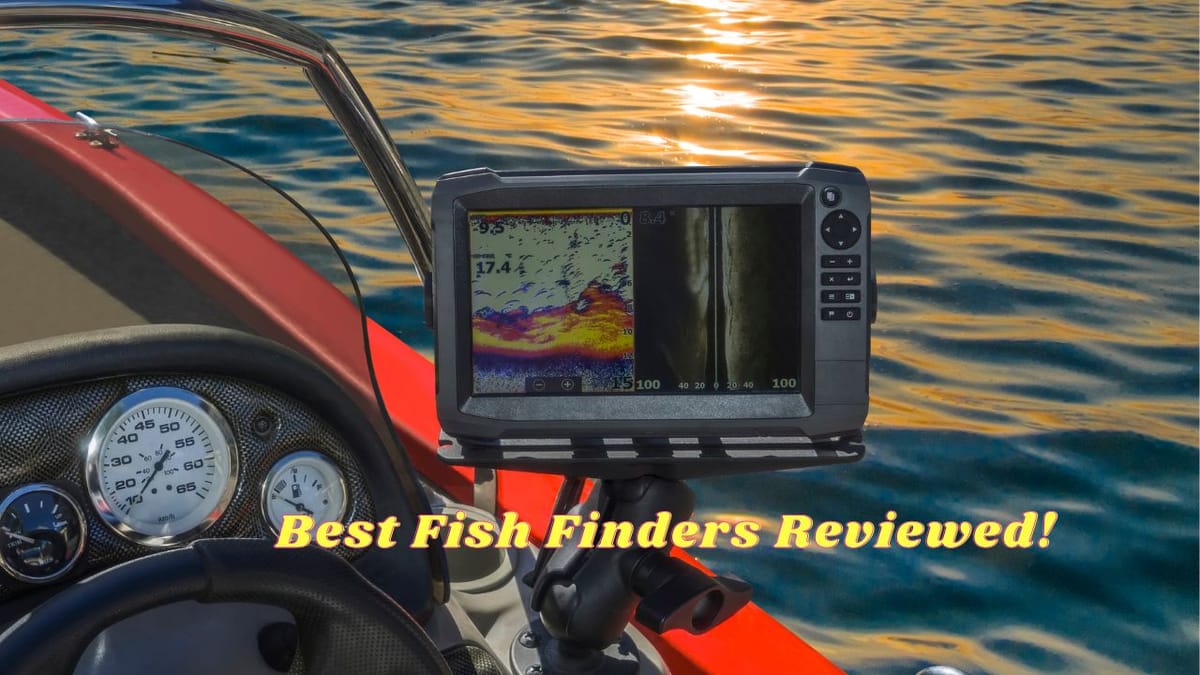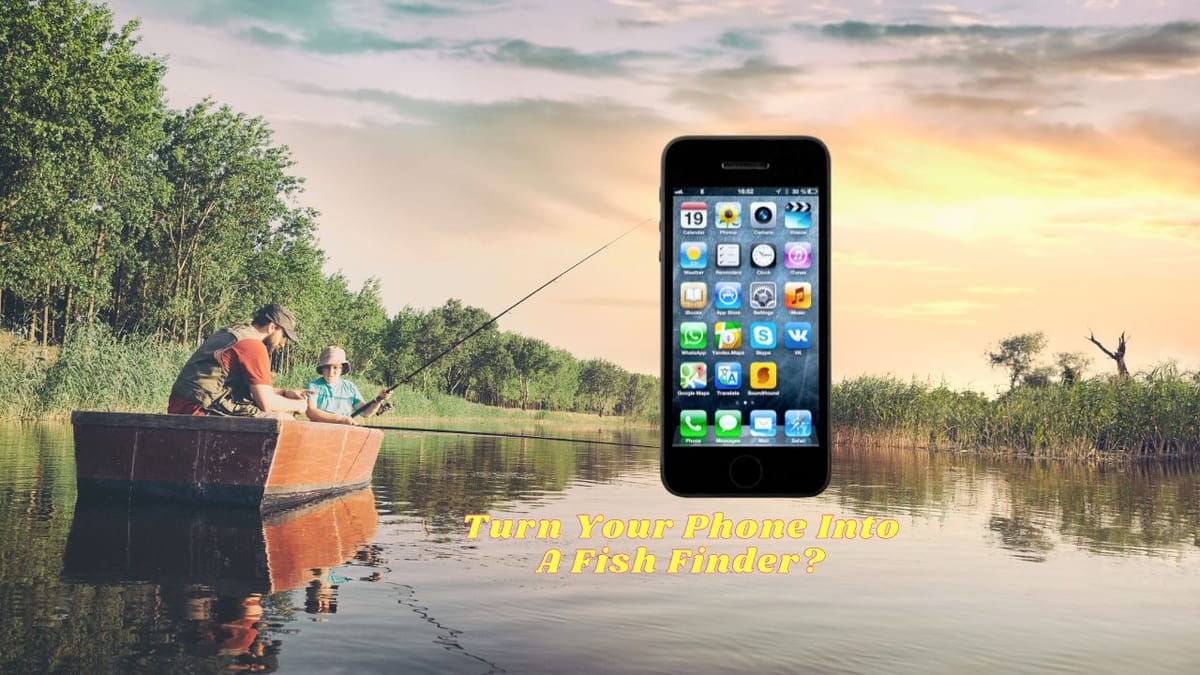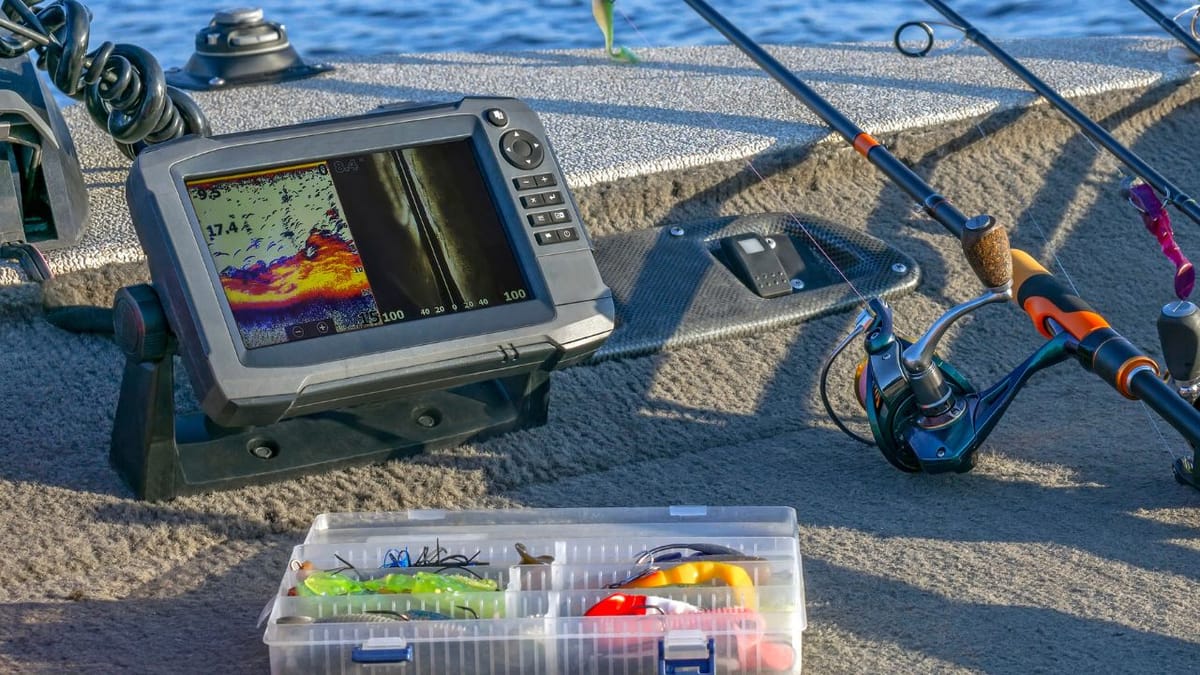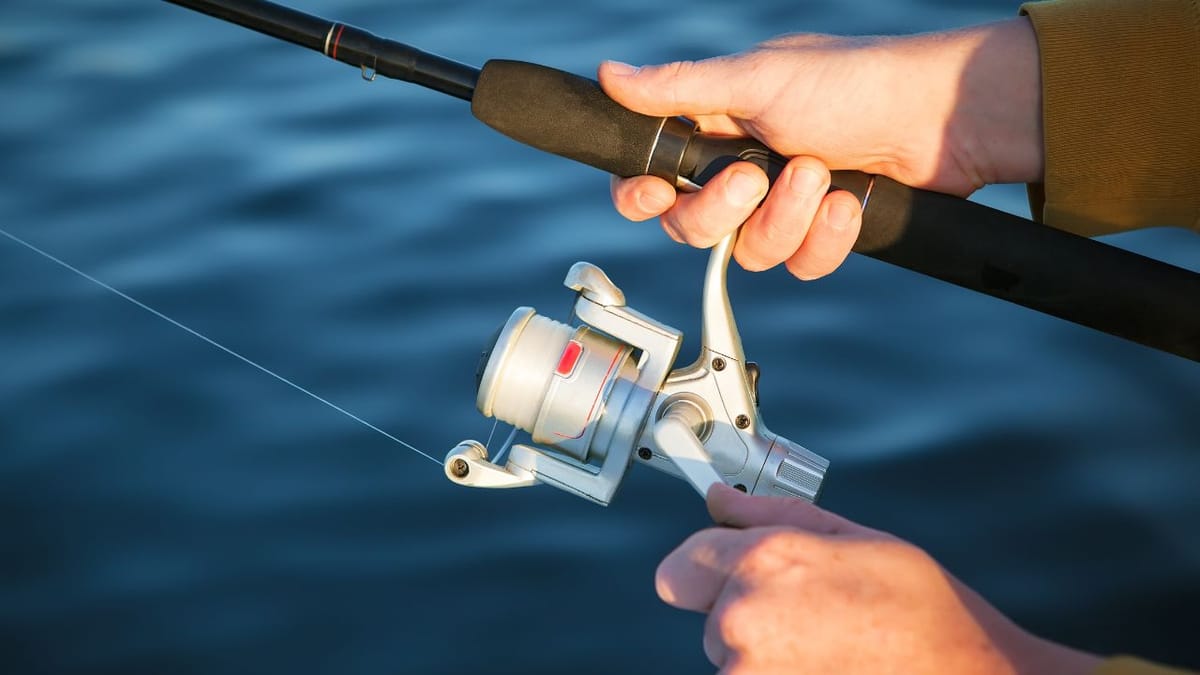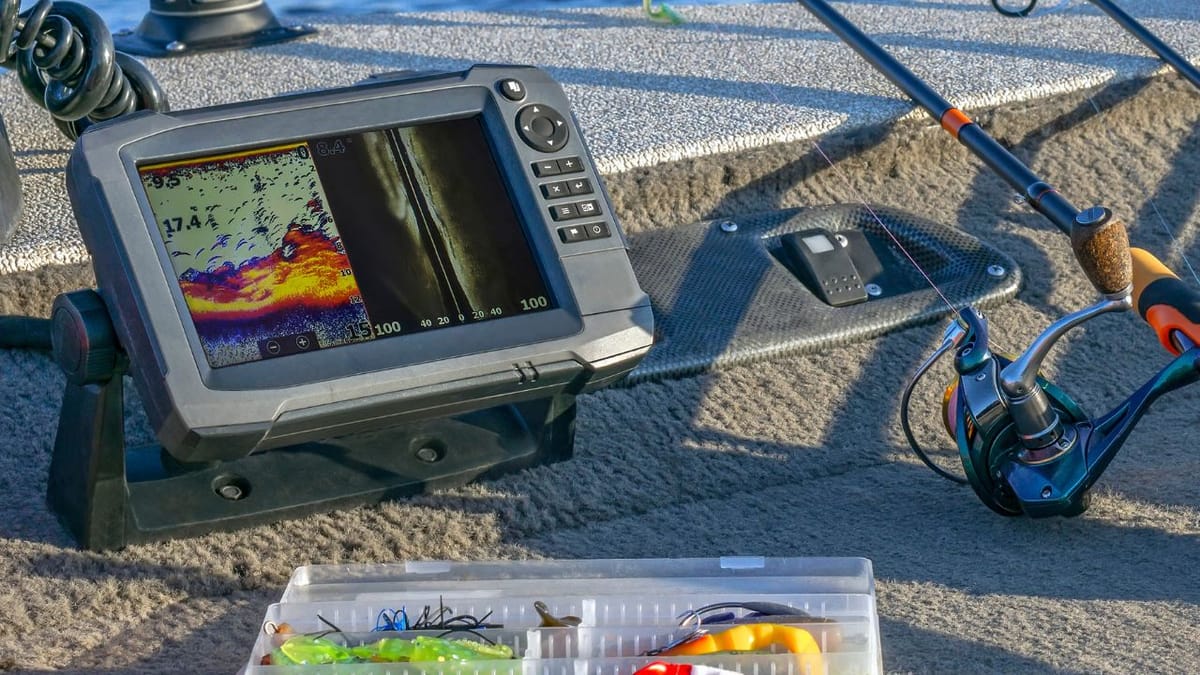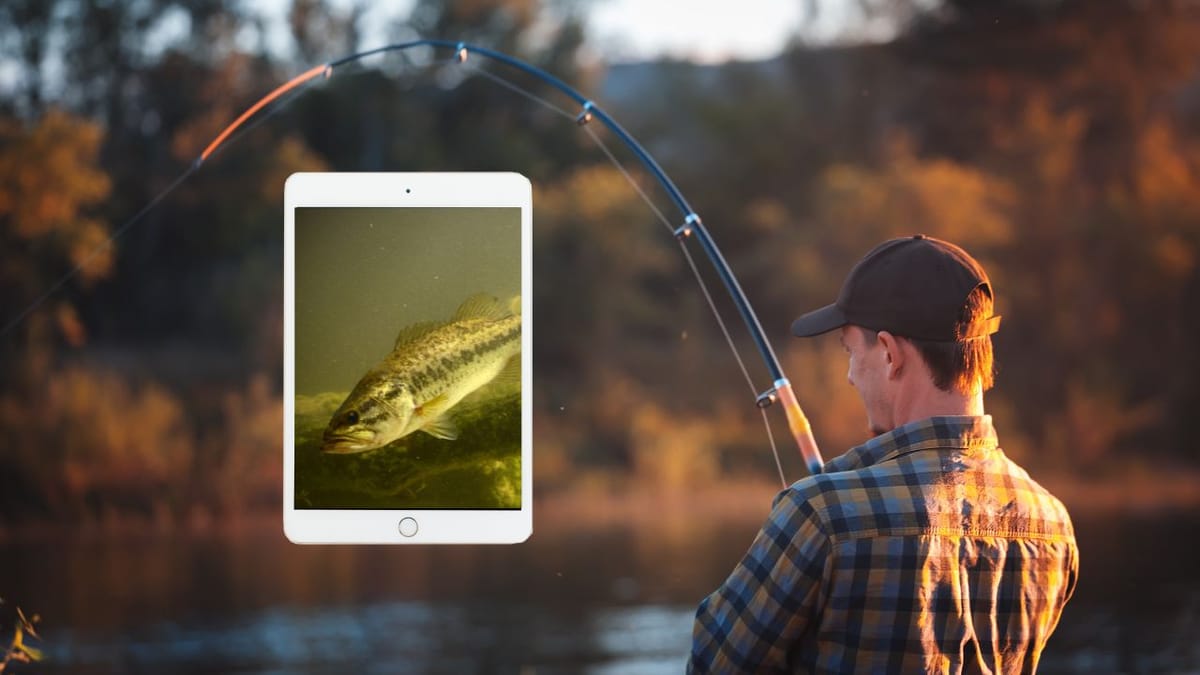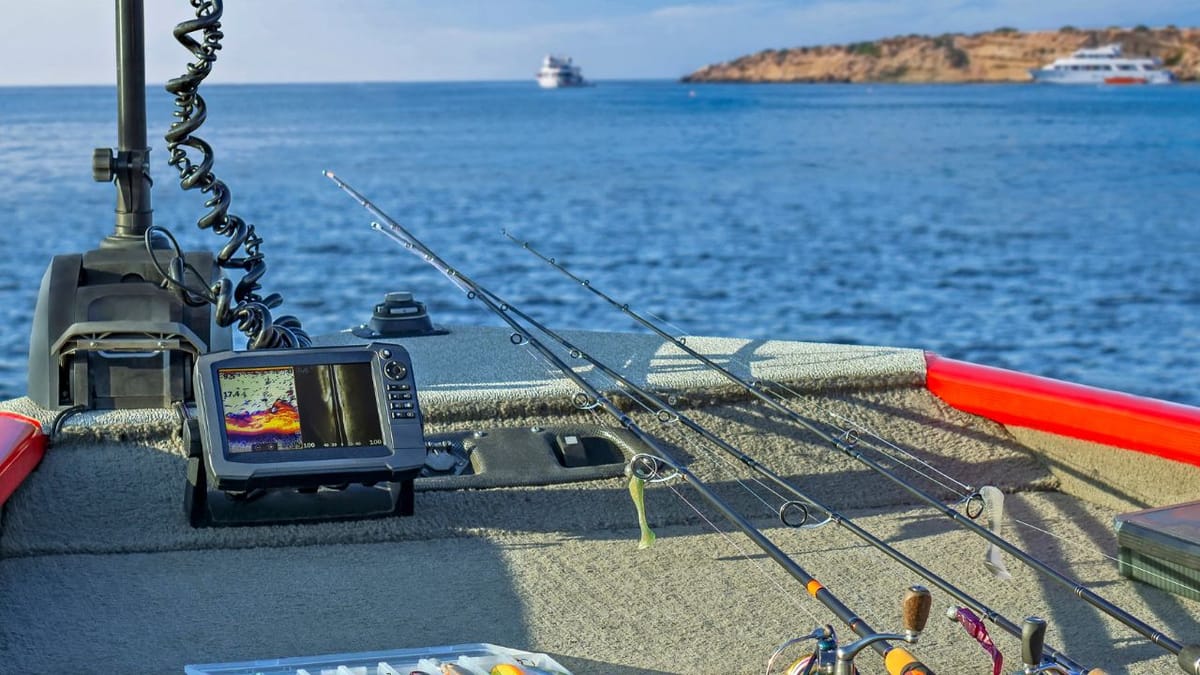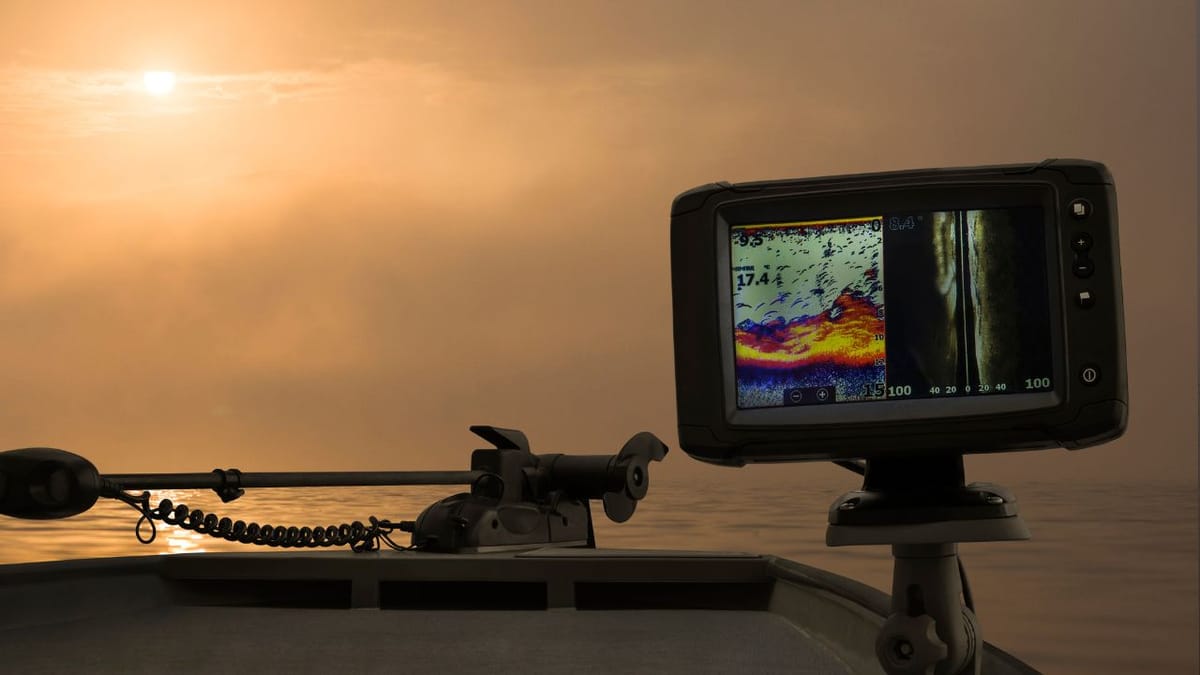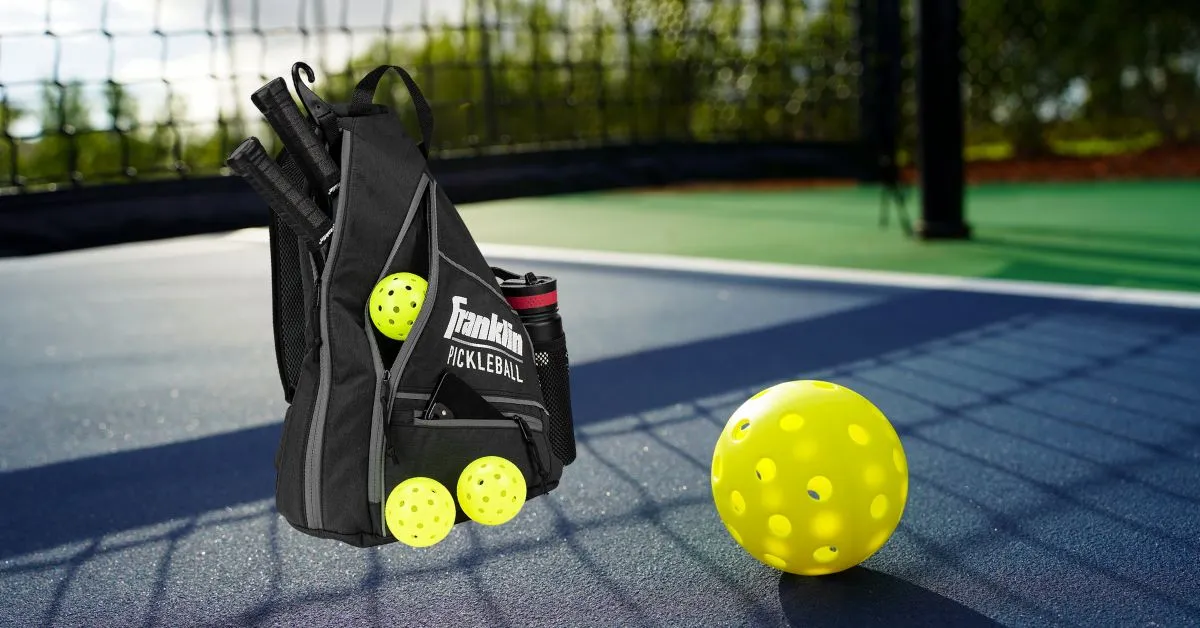Table of Contents
Fishing is an art, and like any artist, an angler needs the right tools to perfect their craft. In the modern angling world, a portable fish finder is akin to a painter's brush, revealing the hidden underwater canvas where the prized subjects reside. But with a sea of options, what is the best portable fish finder to enhance your fishing experience? Let's dive in and discover.
Key Takeaways:
- Understand the essential features that make a portable fish finder stand out.
- Learn about the top contenders for the title of the best portable fish finder.
- Discover how to choose the perfect fish finder for your specific fishing needs.
With detailed and rigorous research, we provide our readers with the finest recommendations. Our recommendations are our opinions. Our cause is backed by reader support- for every click made through one of our affiliates links, a commission may be earned at no extra expense to you! As an Amazon Associate, Reviewsopedia may earn a commission from qualifying purchases. Thank you and enjoy!
The Essence of a Portable Fish Finder
When it comes to fishing, knowledge is power. A portable fish finder is a device that uses sonar technology to provide a view of what lies beneath the water's surface. It can show you the depth of the water, the bottom contour, and, most importantly, the location of fish. The best portable fish finders are lightweight, easy to use, and equipped with advanced sonar capabilities to give you the edge you need for a successful fishing trip.
The portability aspect is crucial for anglers who are always on the move. Whether you're fishing from a kayak, a small boat, or even ice fishing, a portable fish finder can be easily transported and set up wherever you go. This flexibility allows you to explore and fish in a variety of environments without being weighed down by bulky equipment.
Top Contenders in the Market
The market is teeming with portable fish finders, each claiming to be the best. However, a few names consistently rise to the top. Brands like Garmin, Lowrance, and Humminbird have been at the forefront of fish finder technology, offering devices that boast high-resolution displays, dual-frequency sonar, and GPS integration. These features not only help you locate fish but also assist in navigating unfamiliar waters.
Another key player is Deeper, known for its castable fish finders that sync with your smartphone or tablet. This innovative approach allows for a more interactive fishing experience, as you can analyze and record data directly on your device. The convenience of having a powerful sonar that fits in your pocket makes Deeper a strong contender for the title of the best portable fish finder.
Essential Features to Consider
When searching for the best portable fish finder, there are several features to consider. Screen resolution and size are important for clear visibility, especially in bright sunlight. You'll also want to look for a fish finder with a high-quality transducer, as this component is responsible for sending and receiving sonar waves.
Battery life is another critical factor. The last thing you want is for your device to die in the middle of a fishing trip. Look for models with long-lasting batteries or those that offer replaceable battery options. Additionally, consider the depth range of the fish finder. Depending on where you plan to fish, you may need a device that can scan deep waters or one that is optimized for shallow environments.
Connectivity and GPS Integration
Modern portable fish finders often come with connectivity options such as Wi-Fi or Bluetooth. This allows you to pair the device with your smartphone or tablet, providing a more user-friendly interface and the ability to save and share your fishing data. GPS integration is another feature that can significantly enhance your fishing experience. It enables you to mark fishing spots, create waypoints, and even map the underwater terrain.
GPS-equipped fish finders are particularly useful for those who fish in large lakes or the ocean, where it's easy to lose track of your favorite spots. With GPS, you can easily navigate back to productive areas, saving you time and increasing your chances of a successful catch.
Durability and Waterproofing
The best portable fish finder must withstand the harsh conditions often encountered while fishing. Look for devices that are built with durable materials and are rated for waterproofing. IPX7 or higher is a good standard to aim for, as it ensures the device can handle being submerged in water temporarily.
Durability also extends to the screen and buttons of the fish finder. They should be constructed to resist wear and tear, as well as to be operable in wet conditions. A rugged design can mean the difference between a fish finder that lasts for several seasons and one that needs to be replaced after a few trips.
User-Friendly Interface
A fish finder should be intuitive and easy to use, allowing you to focus on fishing rather than fiddling with settings. The best portable fish finders have straightforward menus and quick-access buttons to important features like zoom, sensitivity adjustments, and screen brightness. Touchscreen models can offer even greater ease of use, but make sure the screen is responsive when wet or when you're wearing gloves.
The display should also provide clear and concise information. Some fish finders use fish icons with depth tags, while others display raw sonar data. Depending on your preference and level of experience, you may choose one over the other for ease of interpretation.
Price vs. Performance
When it comes to portable fish finders, there's a wide range of prices, and often, you get what you pay for. However, it's important to balance cost with the features you truly need. High-end models may offer a plethora of features, but if you're a casual angler, you might not need all the bells and whistles.
Conversely, if you're a serious angler or a professional, investing in a high-performance fish finder with advanced sonar, detailed mapping capabilities, and networking options could be well worth the cost. Determine your budget and fishing needs before making a decision.
Compatibility with Fishing Styles
The best portable fish finder for you will depend on your fishing style. Ice fishers, for example, will need a fish finder with a flasher mode, which provides real-time sonar readings ideal for stationary fishing. Kayak anglers might prioritize compact size and ease of mounting.
Consider how you fish and what features will enhance your experience. If you frequently switch between different fishing methods, look for a versatile fish finder that can adapt to various scenarios, such as detachable transducers or multiple mounting options.
Reading and Interpreting Sonar Data
Understanding the data your fish finder provides is crucial to using it effectively. Learn to differentiate between fish arches, structure, and vegetation on the display. Some fish finders offer additional features like Down Imaging or Side Imaging, which provide more detailed views of the underwater environment.
Practice interpreting sonar data in different conditions and depths to become proficient in using your fish finder. The more you understand the information it provides, the better you'll be at locating fish and adapting your fishing techniques accordingly.
The Impact of Portability on Performance
While portable fish finders offer the advantage of being easy to carry and set up, it's important to consider how portability affects performance. Smaller units may have less powerful sonar and shorter battery life compared to their larger counterparts. However, advancements in technology have minimized these trade-offs, allowing portable models to deliver impressive performance.
Choose a fish finder that strikes the right balance between portability and the features you need. Some anglers may prefer a slightly larger unit for a more detailed display, while others might prioritize compactness for ease of transport.
Summary
The quest for the best portable fish finder depends on a blend of essential features, durability, user-friendliness, and compatibility with your fishing style. Top brands like Garmin, Lowrance, Humminbird, and Deeper offer a range of options that cater to different needs and budgets. By considering the factors discussed, you can select a portable fish finder that will serve as a valuable ally in your fishing adventures.
FAQ Section
What should I look for in a portable fish finder?
Key features to look for include high-resolution displays, quality transducers, long battery life, GPS integration, durability, and an intuitive user interface. Your choice should also be influenced by your specific fishing style and the environments you fish in.
Can I use a portable fish finder for ice fishing?
Yes, many portable fish finders are suitable for ice fishing, especially those with a flasher mode and a transducer designed for cold temperatures. Ensure the model you choose can withstand freezing conditions.
How accurate are portable fish finders?
Portable fish finders can be very accurate when used correctly. High-quality models with advanced sonar technology provide detailed and reliable data. However, user skill in interpreting sonar readings also plays a significant role in accuracy.
Other Related Articles
